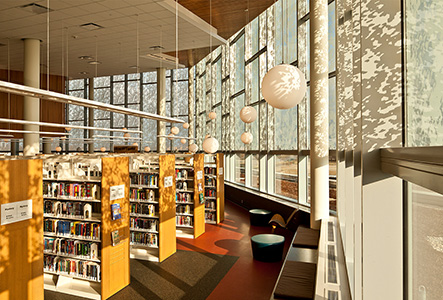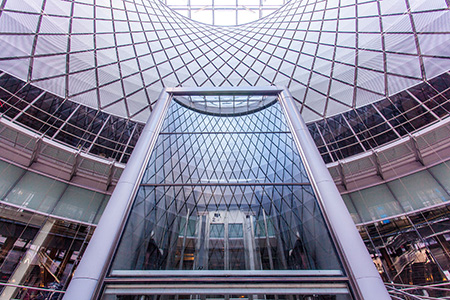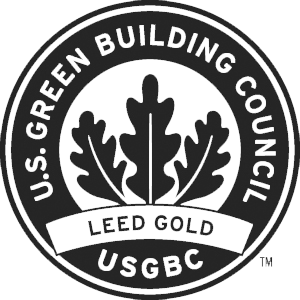Here’s what you need to know about steel curtain wall systems to get started on your next project.


Test standards for curtain walls vary depending on the project and required codes. Below are some of the most common test standards for curtain wall applications:
The rolled profiles used in SteelBuilt Curtainwall® Systems have undergone additional computer thermal modeling in accordance with:

Yes. Fire-rated curtain walls are available that are tested to ASTM E119, Standard Test Methods for Fire Tests of Building Construction and Materials, and Underwriters Laboratories (UL) 263, Fire-resistance Ratings. Receiving classification as non-directional fire-resistance-rated construction (meaning they can maintain the same fire-rating from both sides), they can exceed 25 percent of the total wall area. This helps to greatly expand design freedom, as products without this classification, such as “opening protectives,” cannot exceed 25 percent of the total wall area.
To achieve such a high level of defense, fire-rated curtain walls incorporate fire-resistive glass and framing. It is important to note all curtain wall system components are required to be tested as one assembly. This includes the glass, exterior cover caps, back framing members, seals, fire-safing, etc. When successfully tested, the designer is assured the entire system will block the transfer of flames and smoke, as well as radiant and conductive heat, for the duration of their given fire rating. This is critical since the International Building Code (IBC) requires all elements within a fire-resistive glazing assembly to provide the same category of fire resistance and carry the minimum fire rating as stated in the code.
While fire-rated curtain walls are often evaluated on performance, aesthetics are also a key consideration. Systems that use inherently heat-resistant carbon steel and incorporate precise European engineering lend to sleek, narrow profiles. Architects can use them to create expansive, code-compliant fire-rated glass curtain walls, beautiful atriums, and divided interior spaces where the glazing is featured more prominently than in past systems.
Learn more about fire-rated curtain wall solutions from TGP.

The LEED green building rating system has forever altered North American construction practices. Since adoption, LEED has aimed to reduce greenhouse gas emissions, water consumption and waste production. It has also enhanced the way facilities are operated, reducing energy use and supporting occupant wellbeing through improved views and access to daylight.
Today, steel curtain wall systems can help design teams meet LEED requirements by earning points in the following categories:
Energy and atmosphere (EA)
LEED’s stated purpose in this category is “to achieve increasing levels of energy performance beyond the prerequisite standard to reduce environmental and economic harms associated with excessive energy use.”
Steel has a lower thermal conductivity than aluminum, which means it transfers heat at a slower rate. This can lead to decreased energy consumption. Combined with the proper glazing, a steel curtain wall system can also reduce solar heat gain to help lower cooling costs.
Indoor environmental quality (EQ)
LEED has set a high bar for daylighting credits, requiring natural light in as much as seventy-five percent of interior spaces. This is a natural fit for steel curtain wall systems since they allow for tall free spans of glass. For example, the continuous steel elements can handle up to 40-foot free spans in a single member without splicing. Such uninterrupted stretches of glazing maximize the amount of natural daylight that can reach deep into a building’s interior.
With respect to credits for quality views, LEED stipulates that there must be “a direct line of sight to the outdoors via vision glazing for 75 percent of all regularly occupied floor area.” Here again, steel offers advantages. For non-fire-rated assemblies, the steel mullions in a curtain wall system are available in a variety of sizes and shapes, such as box, I-beams, and T-shapes. Compared with aluminum’s basic ‘box’ back counterpart, steel T-shapes are slimmer and allow for more unobstructed views.
By minimizing the amount of framing needed in the system, steel curtain walls also help preserve sightlines. This allows for visual communication and connectivity between the interior and exterior environments.